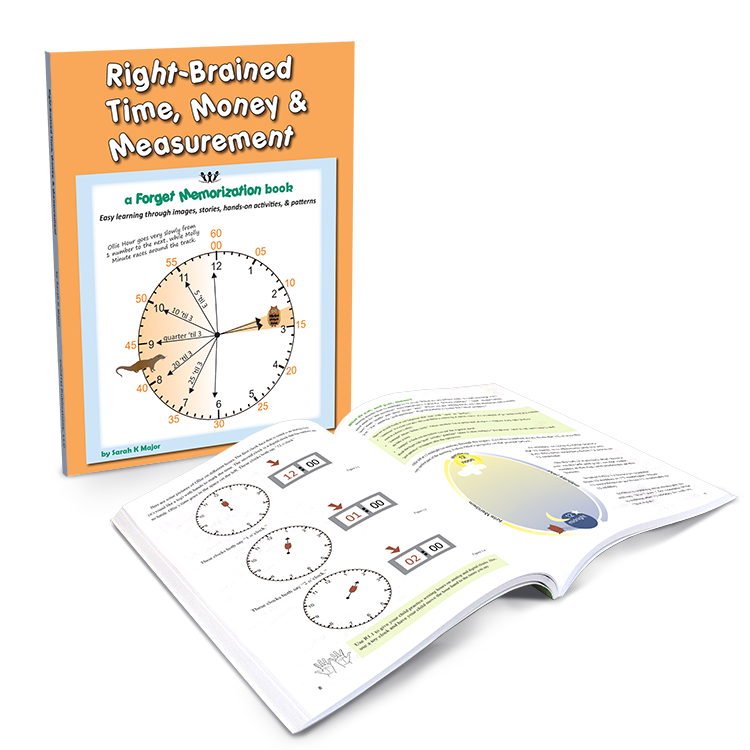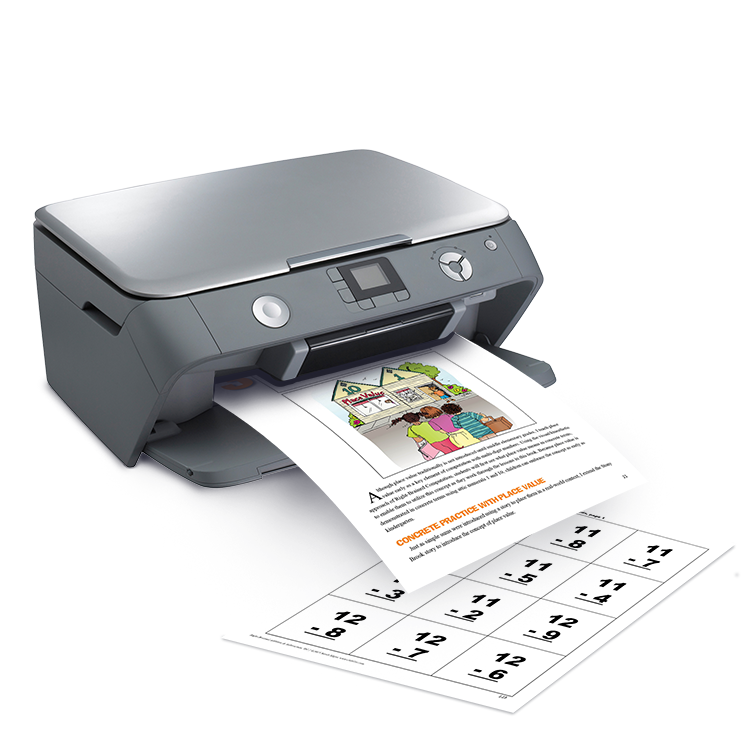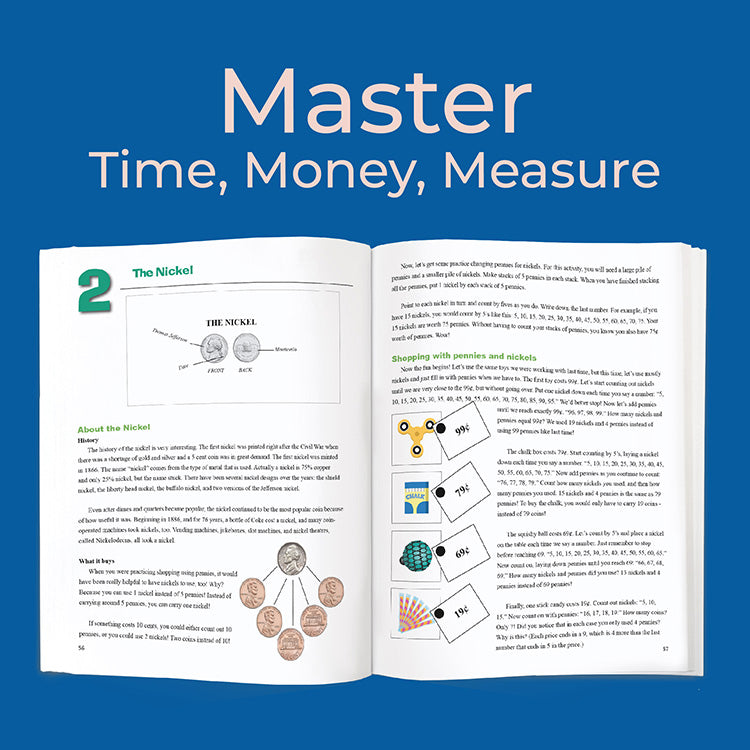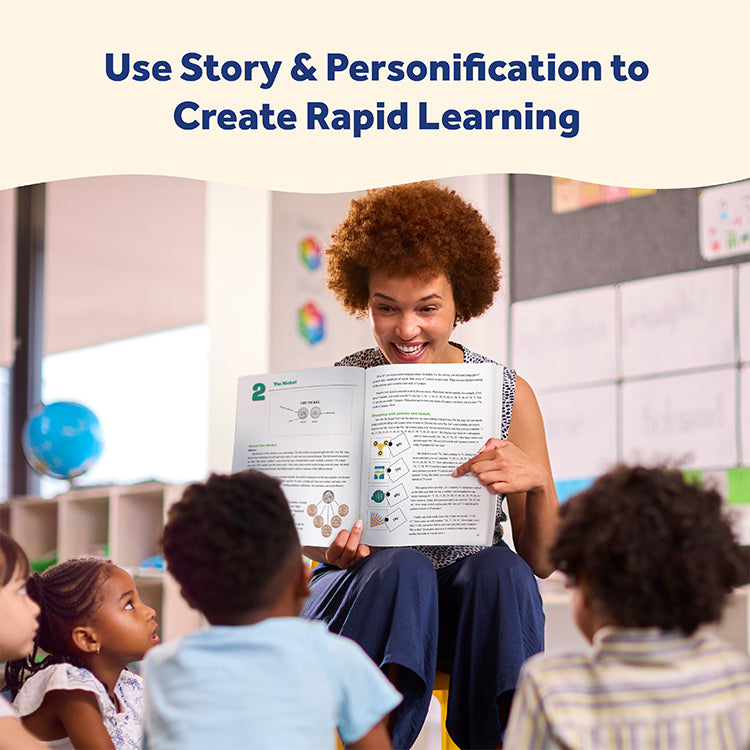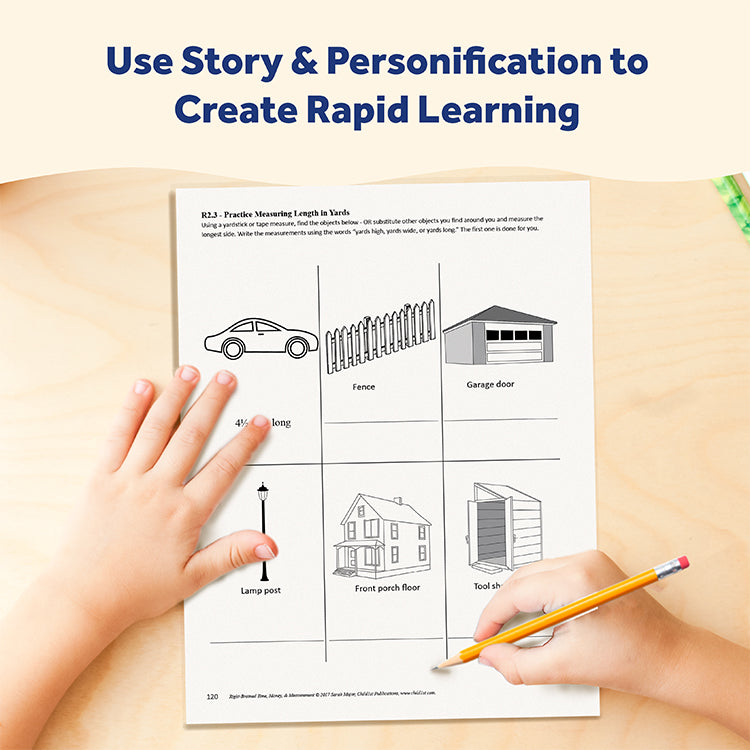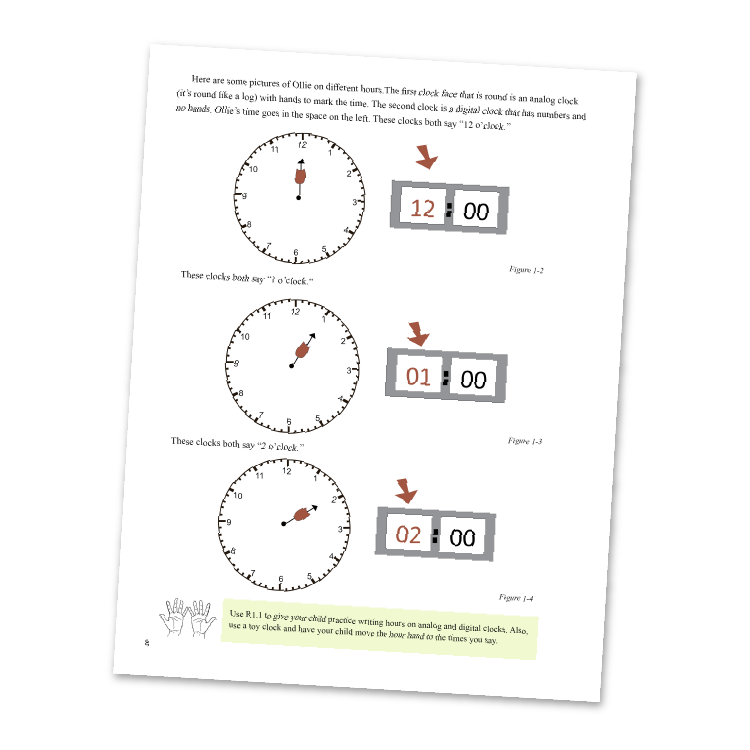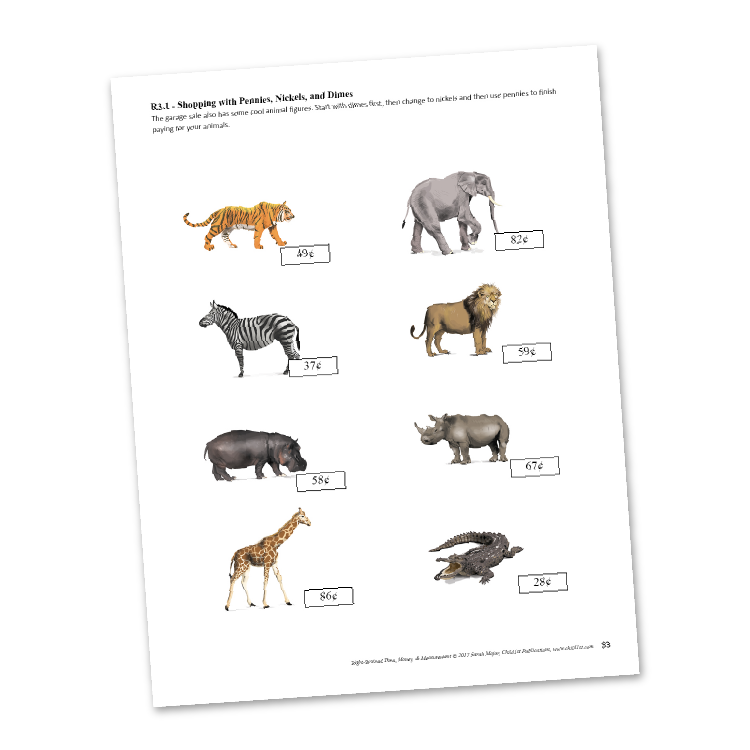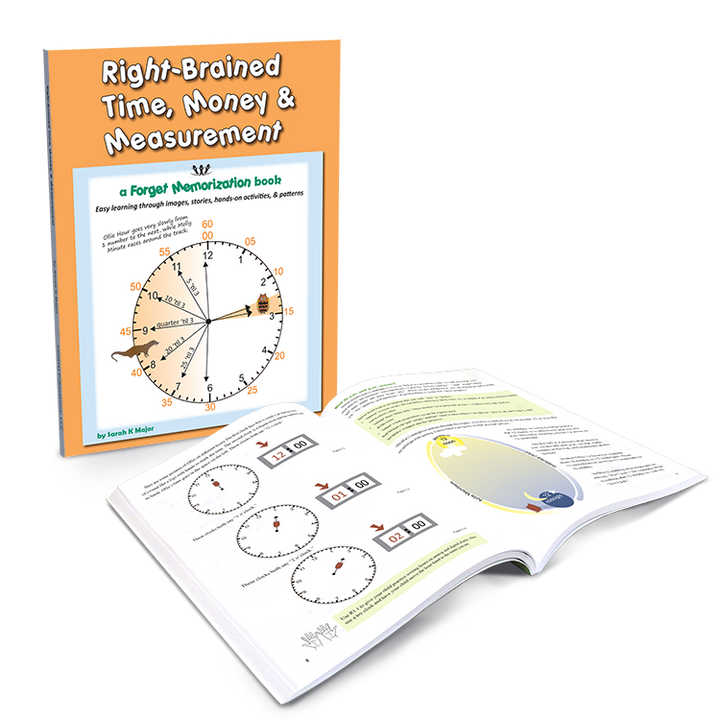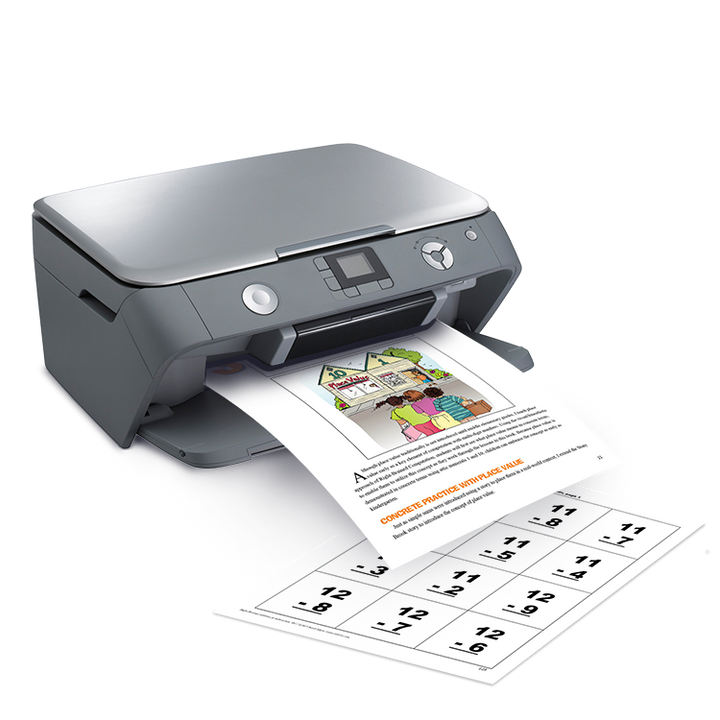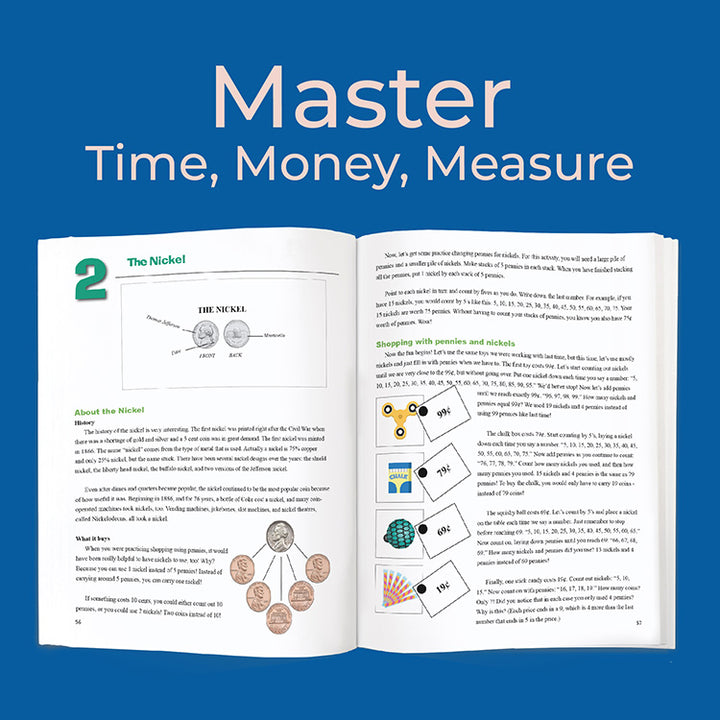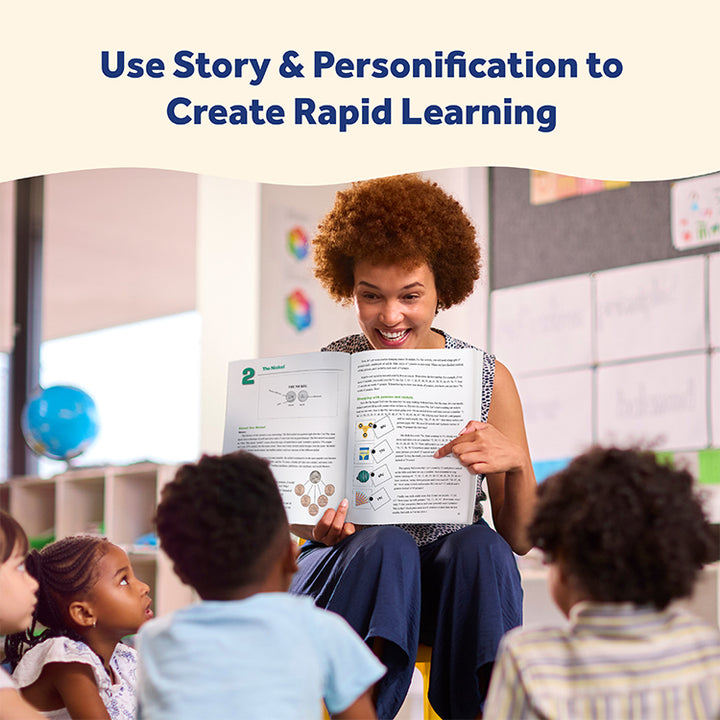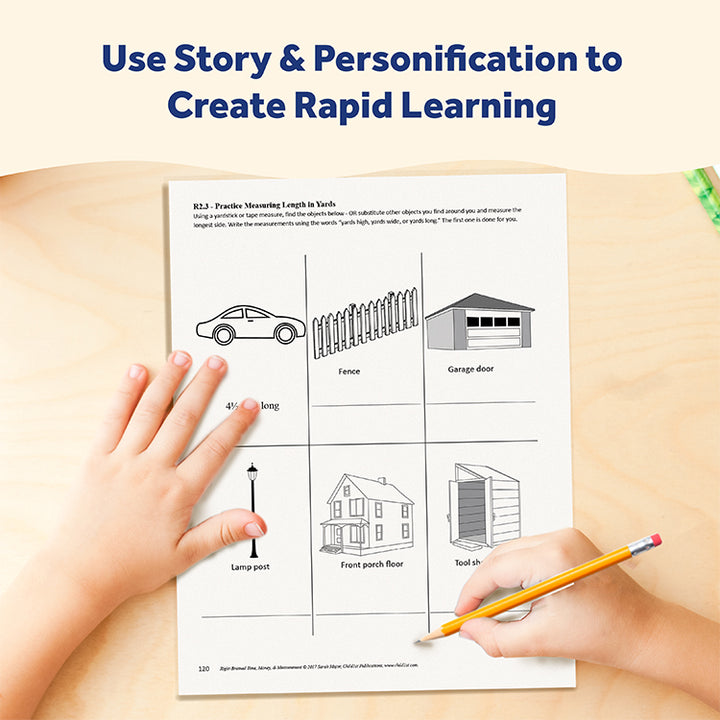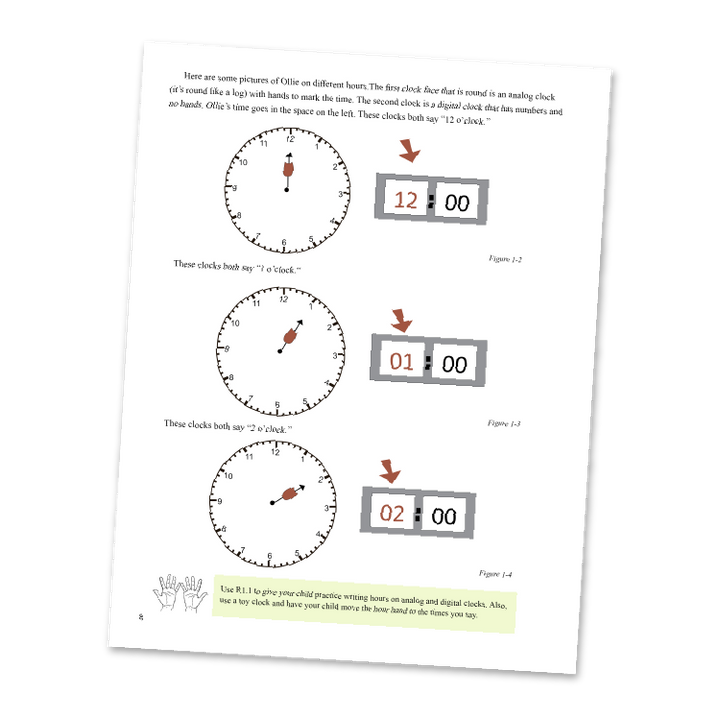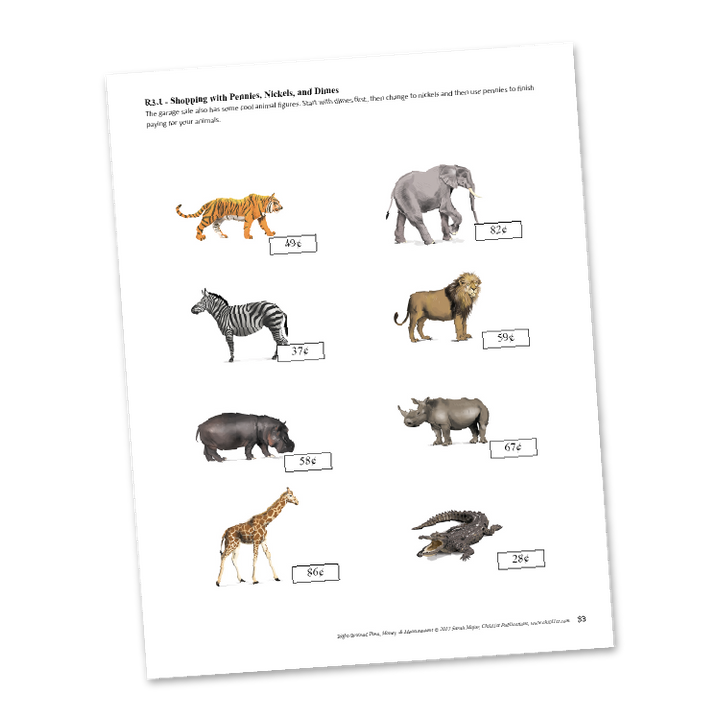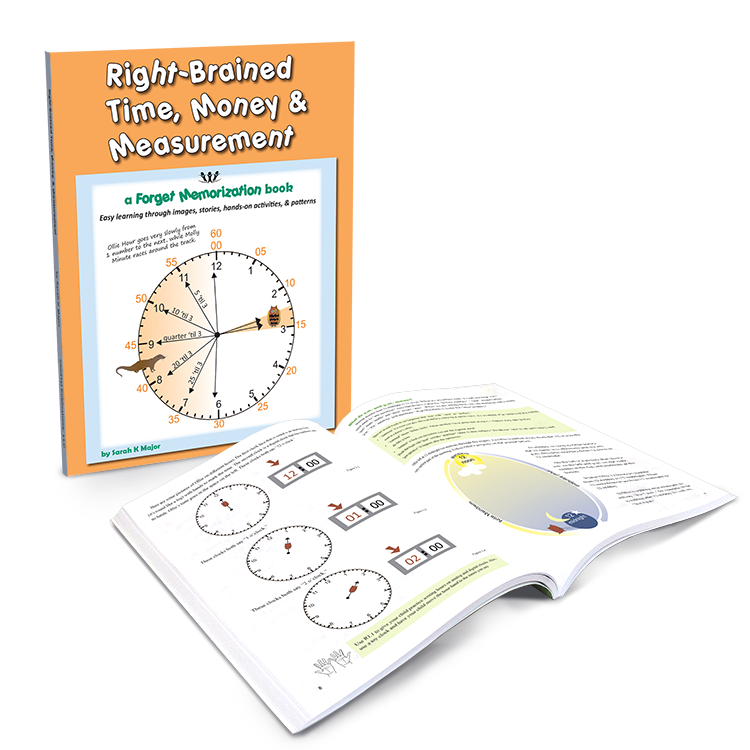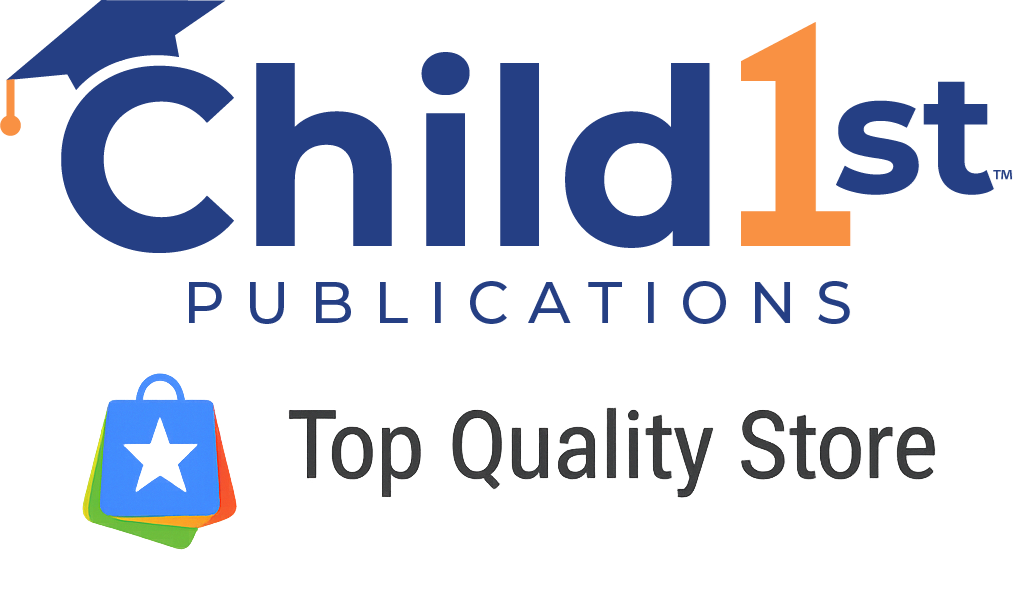Step into the world of Right-Brained Time, Money, & Measurement – an immersive learning experience designed to captivate young minds! Through colorful visuals, interactive stories, and stimulating hands-on activities, this engaging resource brings abstract concepts to life in a way that resonates with visual, kinesthetic, and tactile learners alike. Whether exploring the intricacies of telling time, understanding the value of money, or mastering the fundamentals of measurement, students will delight in the adventure while building essential life skills. Join us on this exciting educational journey and watch as learning becomes an unforgettable adventure!
What’s Included
· Right-Brained Time, Money, & Measurement includes 131 pages of lessons and activities covering concepts such as:
Hours, Minutes, Seconds, Paper Money, Coins, Temperature, Length, Perimeter, Area, Weight, & Volume.



